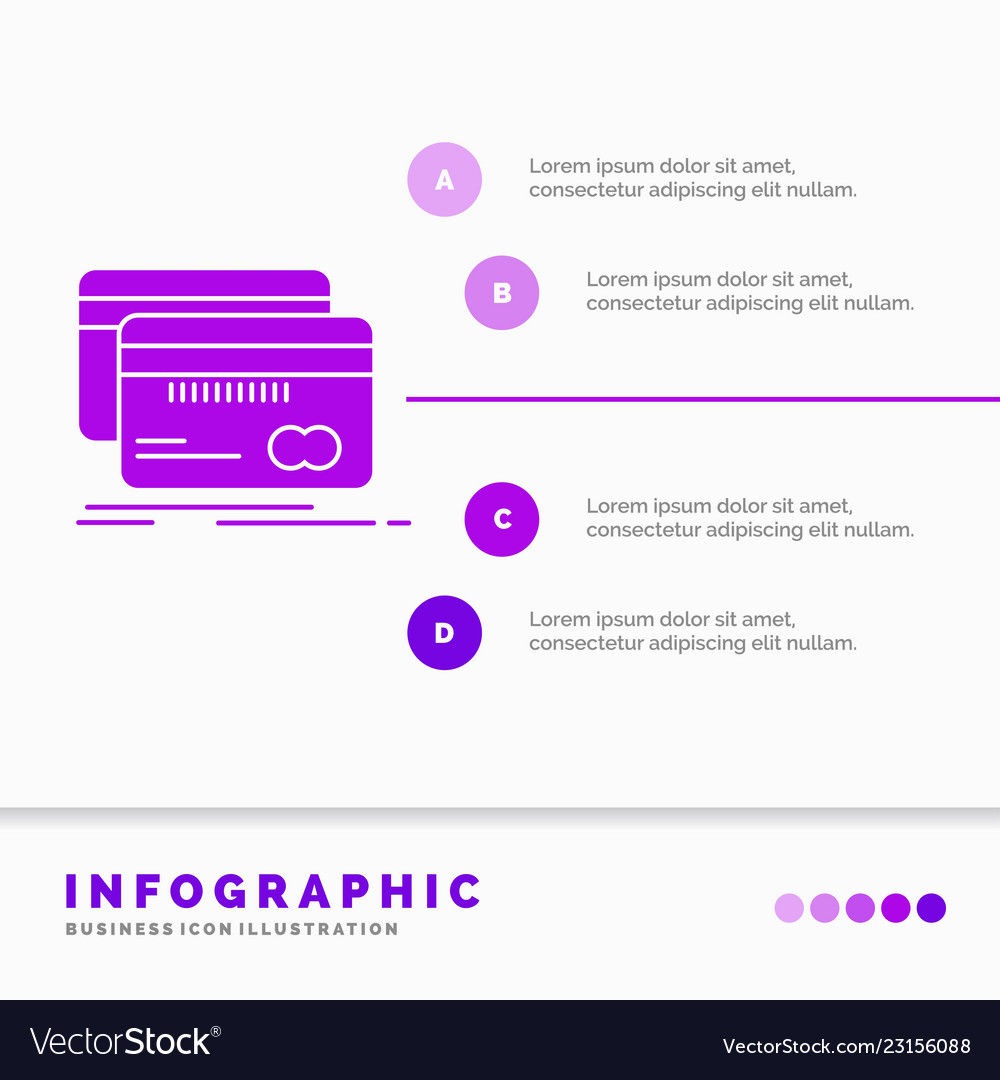Use Neighborhood Bonds In The Real Estate Field To Gain Access To A Realm Of Regulative Adherence And Facilities Responsibilities
Use Neighborhood Bonds In The Real Estate Field To Gain Access To A Realm Of Regulative Adherence And Facilities Responsibilities
Blog Article
https://docs.google.com/spreadsheets/d/1F2ikreo-NqvJaHqV_PGOGwS_n-VEtSL8_0Orm4V7b6s/edit#gid=1571557506 Composed By-Howe Marquez
When it pertains to navigating the intricacies of the realty market, understanding the ins and outs of community bonds is crucial. From guaranteeing compliance with neighborhood regulations to meeting framework dedications, these bonds hold substantial significance in advancement projects. Yet just what are the elaborate details behind community bonds and how do they effect various stakeholders in the realty industry? Let's uncover the fundamentals that can help you make educated decisions and successfully browse the realm of subdivision bonds in realty.
Purpose of Neighborhood Bonds
Comprehending the objective of subdivision bonds is essential for real estate programmers aiming to follow neighborhood guidelines and ensure economic duty. These bonds act as a kind of assurance to local towns that the needed framework renovations will be completed by the designer.
By publishing a class bond, you're essentially assuring to finish the needed public enhancements, such as roadways, pathways, and energies, within the specified timeframe.
As a designer, securing a class bond demonstrates your commitment to meeting your commitments and protecting the area's rate of interests. It offers assurance to the city government that the proposed neighborhood won't become a problem on taxpayers if the job is left incomplete. Additionally, having a community bond in position can boost your credibility in the industry and develop count on with stakeholders.
Types of Class Bonds
Set apart in between the different types of subdivision bonds to identify which best fits your job's needs. There are 3 major kinds of subdivision bonds commonly made use of in the real estate industry: efficiency bonds, payment bonds, and upkeep bonds.
Performance bonds make certain that the developer finishes the community based on the authorized strategies and laws. If the developer stops working to do so, the bond will certainly cover the costs to complete the project. Repayment bonds assure that all subcontractors and providers are paid for their deal with the neighborhood. If the developer defaults on payments, this bond offers economic security to those events. Upkeep bonds, on the other hand, ensure that the designer maintains the community facilities for a specified period after conclusion. This bond covers any repair services or upkeep needed throughout that time.
Comprehending the differences between these types of neighborhood bonds is essential in picking one of the most proper one for your particular project requirements. Each type offers a distinctive function and provides various kinds of protection, so it's vital to assess your task's needs carefully before choosing.
Requirements for Neighborhood Bonds
To make sure conformity with laws, programmers looking for class bonds need to satisfy certain demands established by regulatory authorities. used car dealer bond are vital for the successful issuance of neighborhood bonds. Right here are the key standards you require to meet:
- ** Financial Stability **: You must show economic security and the ability to cover the prices connected with the subdivision project.
- ** Experience and Record **: Having prior experience in real estate advancement and a favorable track record can increase your possibilities of getting approved for a neighborhood bond.
- ** Conformity with Zoning Legislations **: Guaranteeing that your neighborhood prepares straighten with neighborhood zoning regulations and guidelines is crucial for bond authorization.
- ** Environmental Influence Assessment **: In some cases, you might need to conduct an environmental impact assessment to examine the project's impacts on the environment and attend to any type of problems.
Meeting these requirements is vital for obtaining a subdivision bond and moving forward with your property growth task.
Final thought
Since you recognize the relevance of community bonds in the realty industry, bear in mind that they're like a safeguard for both developers and neighborhoods.
Similar to a harness maintains a tightrope pedestrian safe, neighborhood bonds guarantee that projects are completed sensibly and in conformity with policies.
By choosing the right bond and meeting all needs, you can navigate the real estate landscape with self-confidence and assurance.
